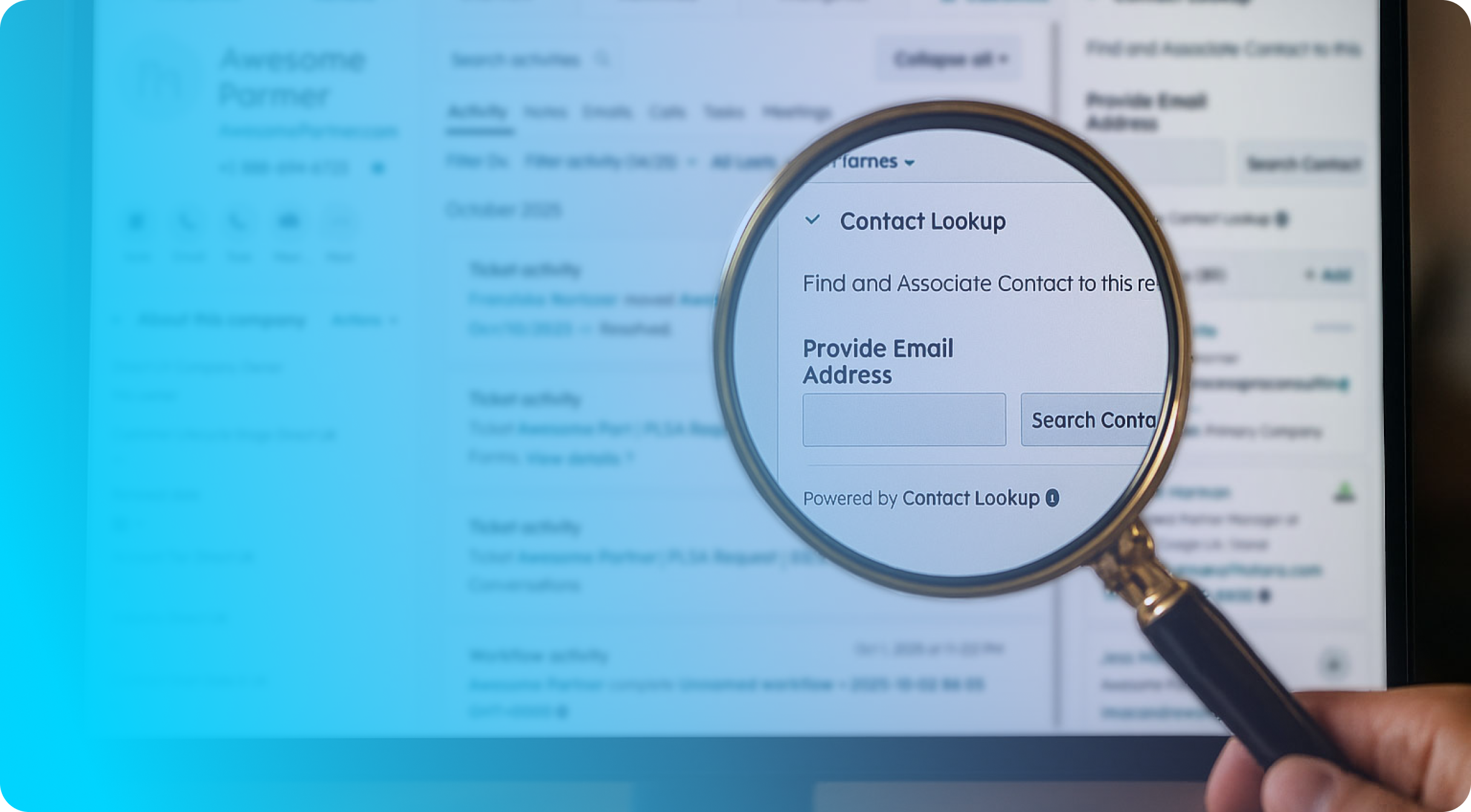Project Overview
When a SaaS client needed to migrate their free trial form off of an existing web page to improve conversion rates, the Pros delivered. By leveraging native HubSpot tools—landing pages, forms, and workflows, along with the client’s existing webhook to their external database—we built a fast, scalable solution that increased form submissions by 40% and unlocked a new level of HubSpot adoption within their organization.
Challenges
The company’s primary free trial form—linked to nearly all paid media traffic—was buried in an outdated web page that lacked persuasive messaging, leading to low conversion rates. The form was overly long, spam-prone, and offered limited visibility into performance or submission errors. Internally, dev resources were too limited to modernize the legacy setup.
Project Goals
- Increase free trial form conversion rates
- Modernize the UX and update the content on the landing page
- Improve visibility into form performance and lead quality
- Eliminate silent failures during form submissions
- Create a scalable, fast-to-deploy template using HubSpot tools
The Solution
Process Pro moved fast to rebuild the client’s most valuable funnel asset using a combination of native HubSpot tools and custom development to integrate with the client’s database. As part of this project, Process Pro:
- Built a New HubSpot Landing Page: We designed a modern, conversion-optimized landing page on a new subdomain. Using guidance from the client’s CMO and an AI-rendered mockup, we replicated styling and branding from the main site to create a consistent user experience.
- Created a Simplified HubSpot Form: We reduced the original 25-field, two-page form to just six required fields. Hidden fields and default values fulfilled backend database requirements—cleaning up the user experience without losing critical info.
- Integrated a Legacy Webhook with HubSpot Workflows: Instead of building middleware or custom integrations, we tapped into a pre-existing webhook for real-time trial provisioning. After validating the webhook structure via extensive testing, we configured HubSpot workflows to fire on form submission and pass data directly into the client’s database.
- Validated Sensitive Inputs with Front-End Code: To manage sensitive data fields required for sign-up, we worked around HubSpot limitations with front-end JavaScript that blocked submissions unless all formatting criteria were met—reducing errors at the source.
- Added UTM and GCLID Tracking: We implemented hidden UTM parameters and Google Click ID tracking to finally give the client visibility into form engagement by traffic source—essential for paid campaign optimization.
- Set Up Error Handling and Auto-Responder Branches: If the webhook failed due to duplication or data structure issues, the workflow triggered specific email responses to inform the user (e.g. “You already have registered”). This transformed silent failures into trackable events.
The Results
In just weeks, without increasing ad spend, the new HubSpot landing page and form delivered:
- 30–40% increase in form submissions
- Significant drop in submission errors
- Visibility into conversion metrics and UTM tracking
Project Impact
Beyond immediate conversion gains, the project gave the client a scalable framework for future forms, increased their fluency in HubSpot workflows and webhooks, and significantly accelerated their RevOps maturity. They now have a reliable, insight-rich trial signup flow—and a roadmap to expand on it.







